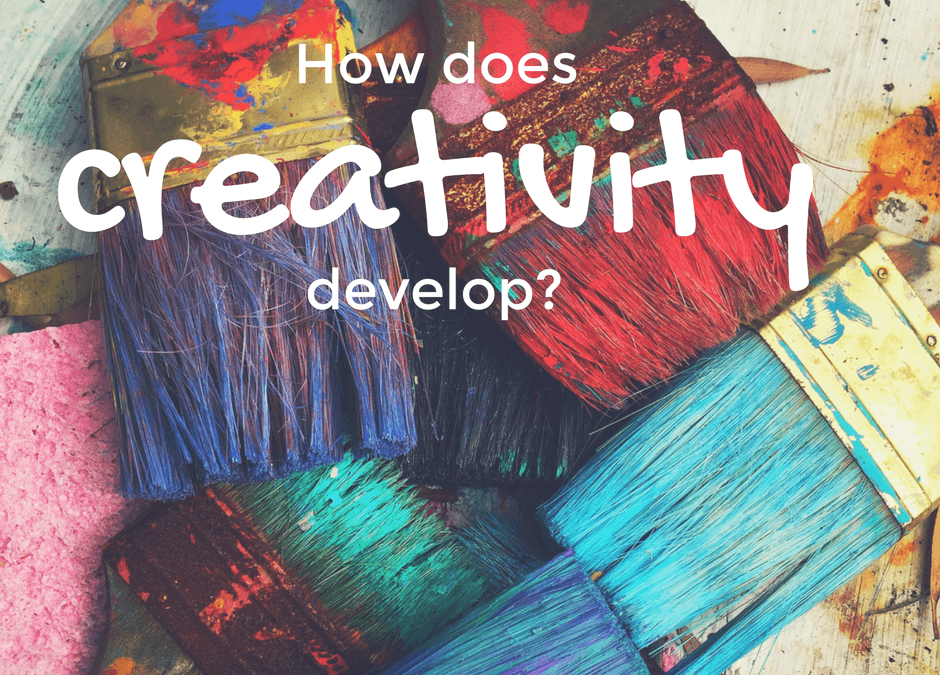Developing creativity with style
Many books have been written on the habits, personalities and actions of creative geniuses. Developing creativity is a fascinating subject. How did Michelangelo, Ada Lovelace, Albert Einstein, and Maya Angelou become the thinkers and creators they were? Many seek an answer to this question because we see how these geniuses brought beauty, innovation, progress and new perspective to the world. We hope that by learning the “secret of their success,” we might find a key to unlock additional potential in ourselves.
Parents and educators often think about the question with regard to their children, too. How can we support creative development? How can we make room for creativity in a world that is so distracting and focused on immediate and measurable achievement?
As humans, we’re wired to look for shortcuts. Our brains want to simplify and find patterns. Pattern-seekers are bound to be frustrated after reading any book on creative thinkers. Creative people break the mold. There is no step-by-step recipe for becoming more creative, at least not one that is one-size-fits-all.
Parents and educators are left with many questions:
- Is a high level of output enough?
- How do we help creative youth build skills and track their growth?
- What happens when my child gets stuck or discouraged?
And these questions are only the tip of the iceberg.
I’ve been pursuing answers to these questions for many years, both for myself as an artist, and also for my students. I felt sure that I was missing something obvious. Surely, creative development needn’t rely solely on chance or wishful thinking. Also, our assessment tools felt wrong. Was a finished piece of writing or a final performance evidence of a person’s gifts? A final product certainly wasn’t a clear indicator of growth, and often it didn’t provide much guidance on a best next step.
I found answers in an unexpected corner. As a writer, theatre director, and playwright, I’m a student of story. It turns out that story is the exact tool needed to track creative development. Stories have a loose pattern with a lot of room to experiment and explore. Once I started thinking about creative development as a choose-your-own-adventure story, I finally had a lens through which to set goals, choose next steps, and track growth.
We call this story Writerly Play.
In this story, each creator is a unique character. When he or she is crafting a piece of writing, that process takes place in a series of mental spaces—the Writerly Play rooms. Each room embodies a kind of thinking, and helps us organize the process of thinking creatively.
The Attic is where we think reflectively—collecting ideas, asking questions, and discovering personal connections.
The Studio is where we think expansively—brainstorming, improvising and experimenting.
The Workshop is where we think critically—developing ideas, revising, and practicing skills.
The Library is where we study—analyzing master works, identifying strengths, and applying them to our work.
The Cafe is where we collaborate—giving and receiving feedback.
By separating these modes of thought, we can isolate strengths and weaknesses, avoid the mental struggle of trying to do opposite things at once, and easily determine what kind of strategy or tool will best serve our current needs.
How do we go about developing creativity?
- First, we explore our own creativity style so we can play to our strengths.
- Then, we isolate key thinking skills, practicing them and tracking our growth.
- Finally, we collect strategies to challenge ourselves and strengthen any areas of weakness.
We’ve put together a free mini-course, A Week of Creativity, to give parents and educators practical Writerly Play tools to support creative development. Will you join us? The link to sign up is below.
Here’s to you and your creativity!


